
Managing infrastructure across multiple clouds has become standard for modern enterprises. Most organisations now run workloads in a mix of AWS, Azure, Google Cloud, and private data centres, and while this offers flexibility, it also adds complexity. Teams need unified visibility, automated governance, and cost optimisation that span every environment.
The latest generation of cloud management platforms is designed to do exactly that: simplify multi-cloud operations, control spend, and reduce risk without slowing teams down. This roundup highlights five of the most capable options available today – starting with emma, a modern, cloud-agnostic platform built for hybrid visibility and automation.
Our criteria
We evaluated tools based on the criteria that matter most for hybrid and multi-cloud operations:
- Unified visibility across public, private, and on-prem clouds
- Automation and orchestration capabilities for provisioning, scaling, and lifecycle management
- Cost and performance optimisation features, including FinOps tools
- Integration with DevOps, ITSM, and IaC workflows
- Security, governance, and compliance management
- Usability and deployment speed for enterprise teams
Featured Platforms
emma
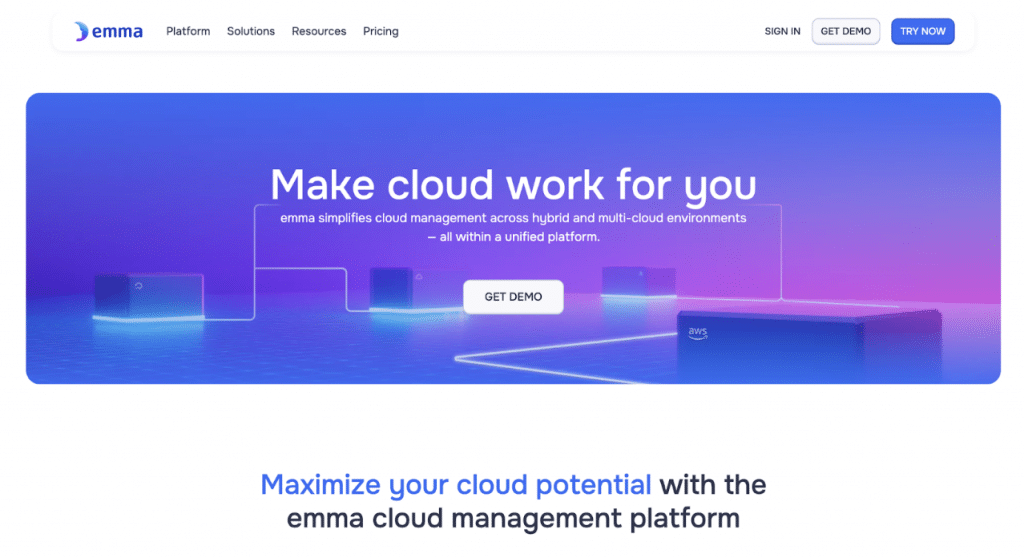
emma is a cloud-agnostic management platform built for visibility and control across hybrid, and multi-cloud environments. It consolidates monitoring, cost tracking, and automation in one intuitive interface.
Its biggest strength lies in how it blends simplicity with flexibility: emma automates resource provisioning, offers AI-driven cost insights, and supports both traditional VMs and containerised workloads. Teams can track health, utilisation, and spend across AWS, Azure, GCP, and dozens more cloud services from one place—without juggling vendor-specific consoles.
For IT operations and platform teams, emma’s real draw is that it’s designed for multi-cloud and hybrid architectures from the ground up, not retrofitted. It’s ideal for organisations wanting to speed up their operations while cutting their cloud costs.
Key Strengths:
- Unified dashboard for hybrid and multi-cloud visibility
- AI-driven cost and performance optimisation
- Automation-friendly with support for IaC and DevOps workflows
- Cloud-agnostic design reduces dependency on a single provider
IBM Turbonomic
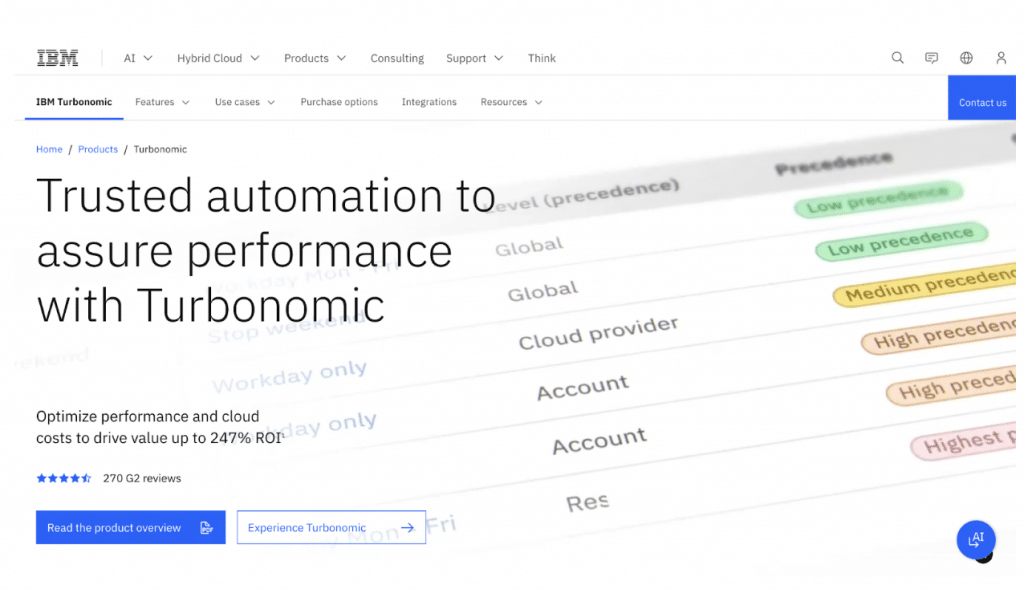
IBM Turbonomic is a veteran in cloud performance and cost optimisation. It uses real-time analytics and automation to ensure applications always have the resources they need – without overspending.
Enterprises use Turbonomic to dynamically allocate compute, storage, and network capacity across on-prem and cloud environments. The platform constantly analyses demand and automatically scales workloads to maintain performance and compliance while cutting waste.
It’s especially valuable for large hybrid estates where IT and finance teams need to balance cost efficiency with uptime guarantees.
Key Strengths:
- Automated resource optimisation using AI
- Works seamlessly across hybrid and multi-cloud deployments
- Proven scalability for complex enterprise estates
- Integrates well with VMware, Kubernetes, and public clouds
Flexera One
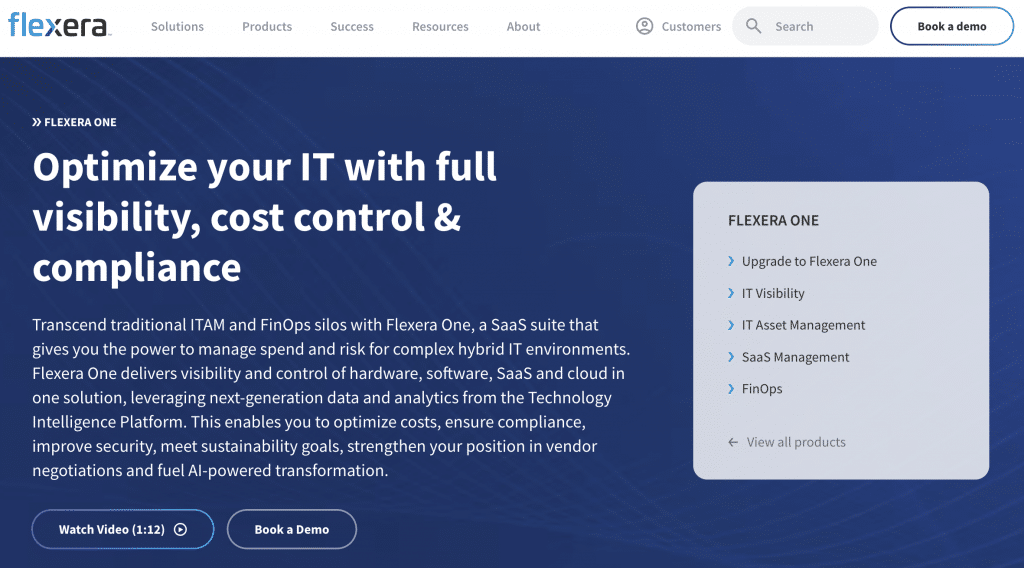
Flexera One focuses on cloud cost management, governance, and compliance. Originally known for its IT asset management roots, Flexera has evolved into a comprehensive FinOps and hybrid cloud visibility platform.
It centralises cloud spend data from multiple providers, helps forecast budgets, and enforces policies across business units. Its governance and compliance tools make it a strong fit for large enterprises in regulated industries.
While Flexera doesn’t focus as heavily on automation or orchestration, its analytics depth and reporting capabilities are among the best in class.
Key Strengths:
- Deep FinOps and cost transparency features
- Enterprise-grade governance and compliance controls
- Unified view of assets, spend, and usage across clouds
- Strong reporting and financial accountability tools
Morpheus Data
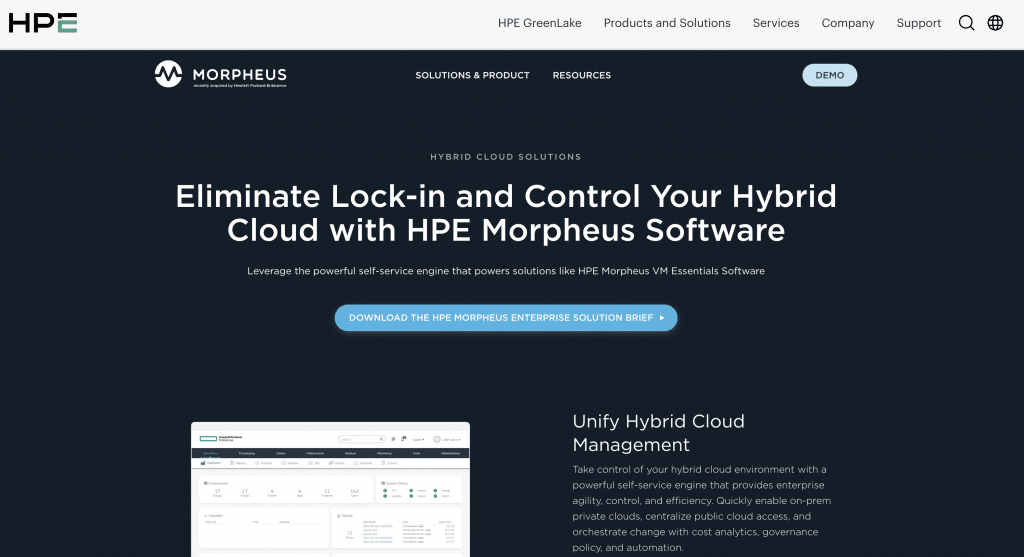
Morpheus Data bridges infrastructure management and developer enablement. It gives teams a self-service catalog for provisioning environments while maintaining centralised policies for cost and security.
Its modular platform integrates with Terraform, Ansible, ServiceNow, and other automation tools, allowing platform teams to build internal developer platforms that balance freedom and control. Morpheus supports both VM-based and containerised workloads, making it a flexible choice for organisations transitioning to hybrid cloud models.
Key Strengths:
- Self-service provisioning with governance and policy control
- Strong integration with DevOps and IaC ecosystems
- Supports containers and traditional infrastructure equally
- Ideal for platform engineering and IT service teams
VMware Aria
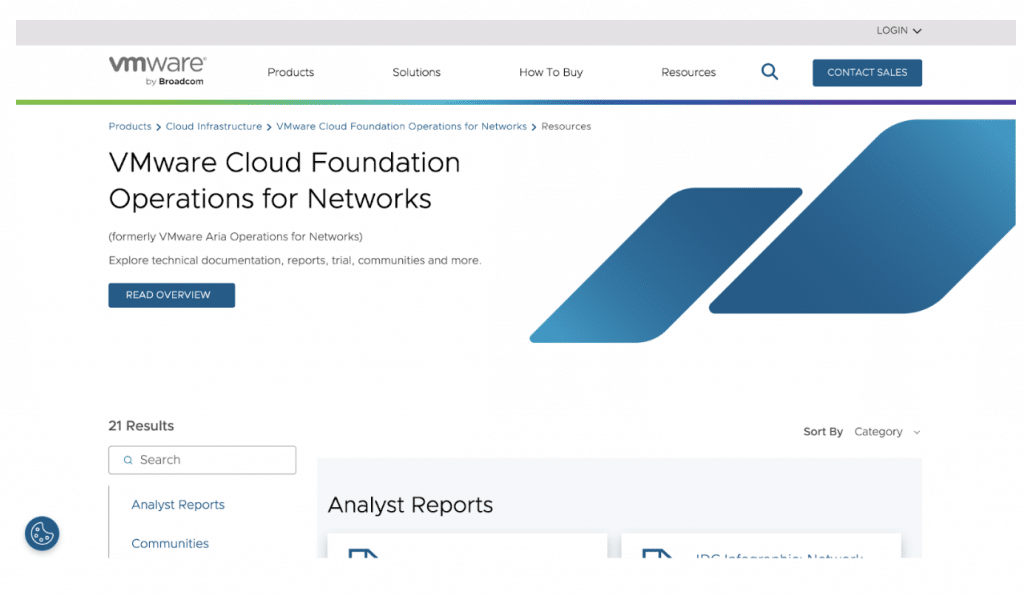
VMware Aria – formerly known as vRealize Suite, offers deep management capabilities for organisations already invested in VMware. It provides cost tracking, performance analytics, automation, and governance across hybrid and multi-cloud setups.
Aria is particularly strong at helping enterprises extend their VMware environments into public clouds while maintaining consistent management practices. It brings together operations, automation, and cost visibility into one cohesive suite.
For enterprises that standardised on VMware infrastructure, Aria provides a bridge between on-prem and cloud workloads without requiring a full rebuild of existing systems.
Key Strengths:
- Designed for VMware-centric hybrid environments
- Unified operations, automation, and cost insights
- Enterprise-ready with robust integrations and support
- Consistent governance across on-prem and cloud
Additional Contenders
- CloudBolt – Great for self-service provisioning and hybrid governance across cloud and on-prem environments.
- Nutanix Cloud Manager – Best for organisations with existing Nutanix infrastructure expanding into public clouds.
- Scalr – Infrastructure-as-code-first management platform ideal for engineering-led DevOps teams.
- ManageIQ – Open-source option from Red Hat for private and hybrid cloud control.
Conclusion
Every cloud management platform approaches hybrid and multi-cloud differently. If your priority is flexibility and ease of use, emma stands out as a cloud-agnostic control plane for modern operations. IBM Turbonomic and Flexera One cater to large enterprises focused on cost and compliance, while Morpheus Data empowers platform teams with automation and self-service. VMware Aria remains the best fit for VMware-heavy infrastructures.
Whichever path you take, the right tool will make hybrid and multi-cloud less about juggling dashboards, and more about delivering clarity, consistency, and control across your entire environment.
Last Updated on October 27, 2025